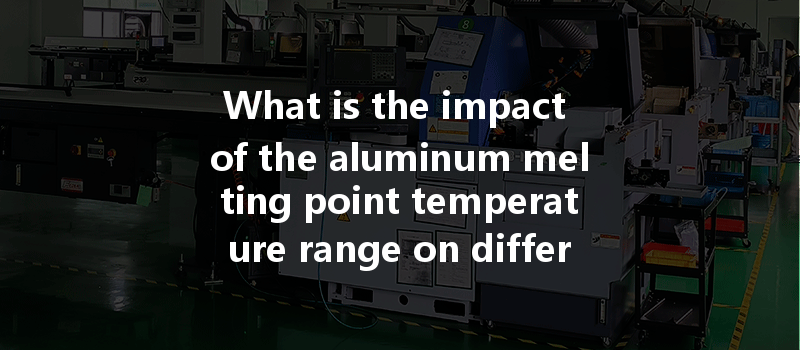Aluminum is a lightweight, versatile material that is becoming increasingly popular in various industries, including aerospace, automotive, and construction. Did you know that aluminum is the most abundant metal in the Earth’s crust, making up about 8% of it? This abundant metal is processed differently based on its melting point and casting technologies employed. An important aspect of working with aluminum is understanding its melting point and how it affects different casting processes. This blog will explore the intricacies of aluminum melting points, how these temperatures influence different casting technologies, and what best practices can be utilized to optimize the casting process.
Understanding Aluminum Melting Points
The melting point of aluminum varies based on its alloy composition. Pure aluminum melts at approximately 660°C (1,220°F). However, aluminum alloys can have varying melting points, depending on the specific alloying elements included, such as silicon, zinc, or copper. These additional elements can not only influence the melting temperature but also affect the casting characteristics, mechanical properties, and applications of aluminum.
Different Aluminum Alloys and Their Melting Points
The choice of alloy directly affects not only the melting point but also the casting process that will be most effective for achieving the desired properties.
Casting Processes Affected by Aluminum Melting Points
Aluminum casting processes vary significantly based on the alloy characteristics and melting points. Here, we will explore the primary casting technologies used in the industry: sand casting, die casting, investment casting, and continuous casting, elaborating on how aluminum melting points impact each process.
Overview: Sand casting is one of the oldest and most versatile methods of casting aluminum. In this process, a pattern is created in sand and a molten metal is poured into the mold.
Impact of Melting Point: The high melting point of certain aluminum alloys necessitates careful temperature management to ensure that the aluminum does not lose its desired properties during the pouring process. It is essential to maintain a consistent pouring temperature to prevent defects like cold shuts and inclusions in the final cast.
Best Practices:
Overview: Die casting involves forcing molten aluminum into a mold cavity under high pressure. It is particularly suited for producing large volumes of intricate shapes with high dimensional accuracy.
Impact of Melting Point: The alloys used in die casting typically have lower melting points, which allows for faster production cycles. High melting point alloys, such as those in the 7000 series, may not be suitable for die casting due to their tendency to cause premature die wear.

Best Practices:
Overview: Investment casting, or lost-wax casting, involves creating a wax pattern coated in a ceramic material. The wax is melted away, and molten aluminum is poured into the cavity.
Impact of Melting Point: A significant advantage of investment casting is its ability to handle a variety of aluminum alloys, including high-melting-point materials. However, the melting point must align with the thermal tolerance of the mold materials.
Best Practices:
Overview: Continuous casting entails pouring molten aluminum into a mold that shapes the metal into a semi-finished continuous product, such as an ingot.
Impact of Melting Point: Proper temperature control is crucial during continuous casting, as it directly affects the cooling rate and the microstructure of the final aluminum product. Higher melting point alloys may require more robust cooling systems to ensure a uniform solidification rate.
Best Practices:
Understanding the aluminum melting point temperature range is critical when choosing the appropriate casting technology. Each method — sand casting, die casting, investment casting, and continuous casting — has specific requirements that depend significantly on the alloy being used and its melting characteristics. By acknowledging these parameters and implementing best practices, manufacturers can enhance the quality of their aluminum castings while minimizing costs and inefficiencies.
As aluminum continues to grow in importance across multiple industries, recognizing its thermal properties and adapting casting processes accordingly will be invaluable. Whether you are a beginner in metal casting or an established professional, reflecting on the importance of melting points can lead to improvements in both productivity and product quality. Understanding these details not only aids in optimizing manufacturing practices but also sharpens your insights into the technological advancements of aluminum casting that could drive future innovations.






